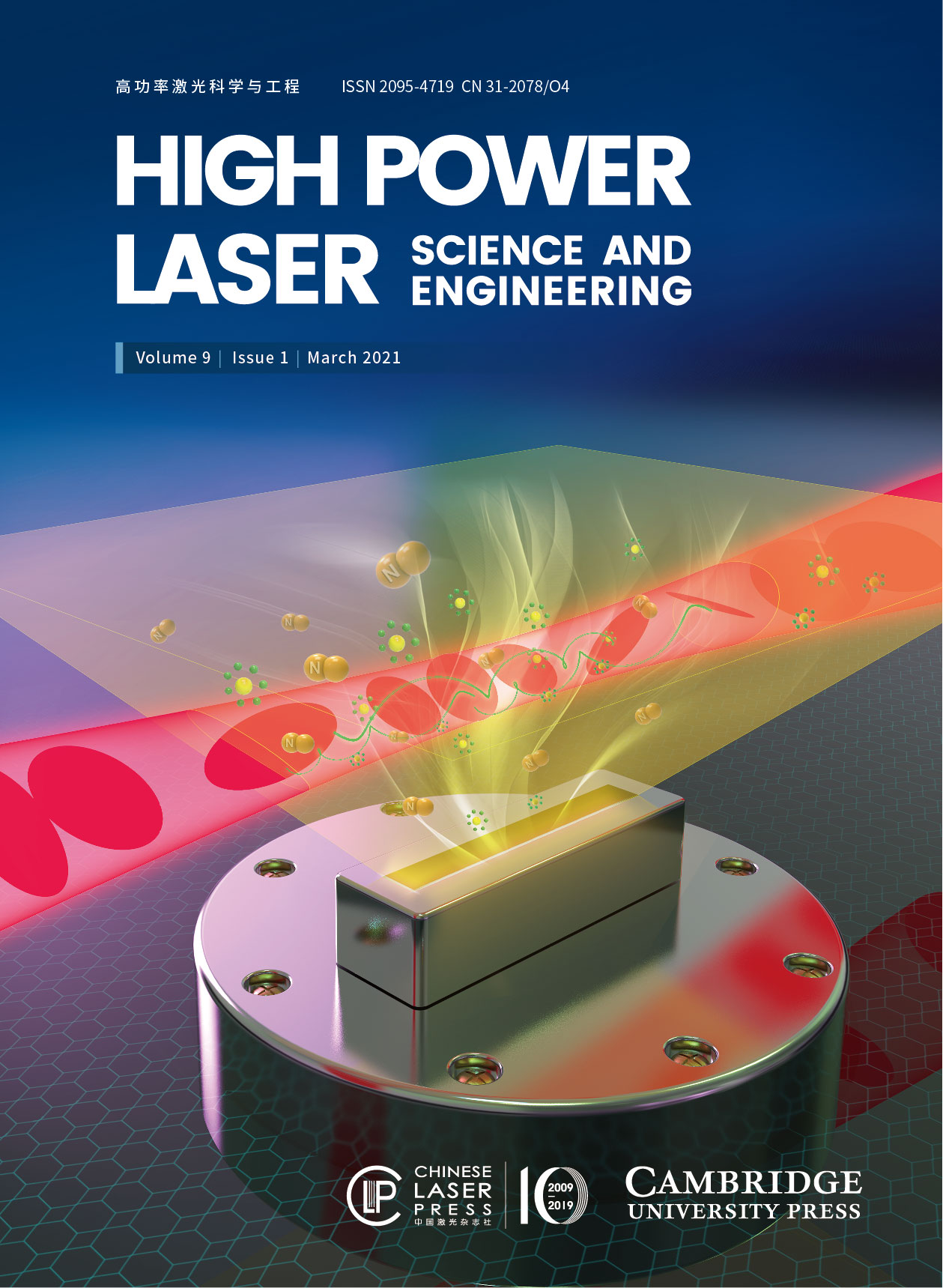 View fulltext
View fulltext
In this paper, we report the study of degradation for a kind of ideal mandrel material called poly-α-methylstyrene based on theoretical and experimental methods. First-principles calculations reveal two types of process: depolymerization and hydrogen-transfer-induced chain scission. The energy barrier for the former (0.68–0.82 eV) is smaller than that for most of the latter (1.39–4.23 eV). More importantly, reaction rates suggest that the former is fast whereas the latter is mostly slow, which can result in a difference of 5–31 orders of magnitude at 550 K. Furthermore, a thermogravimetric experiment shows that the activation energy of 2.53 eV for degradation is between those of fast and slow processes, corresponding to the theoretical average value of multiple reaction paths. Thus, a mandrel degradation model combining fast and slow processes is established at the atomic level. Our work provides a direction for research into the key technology of target fabrication in inertial confinement fusion.















